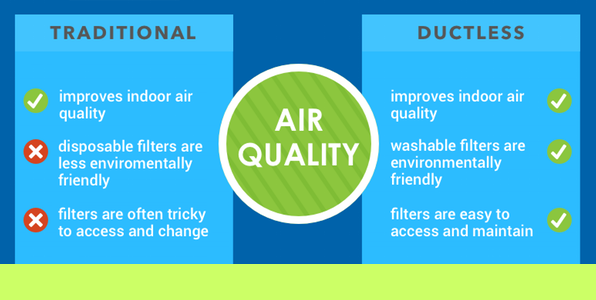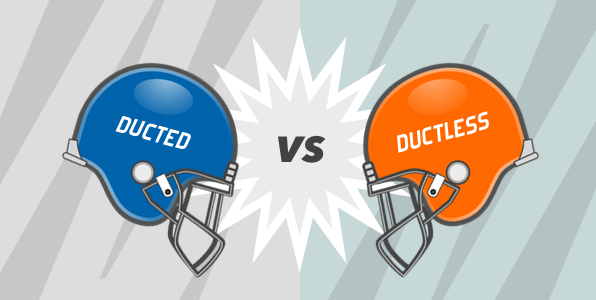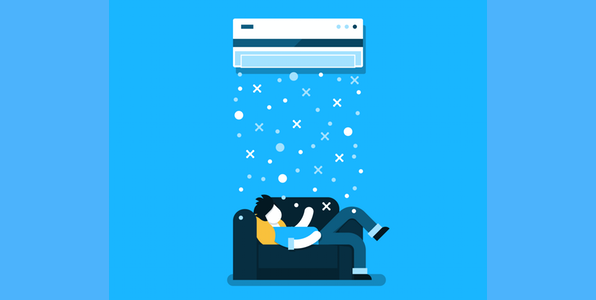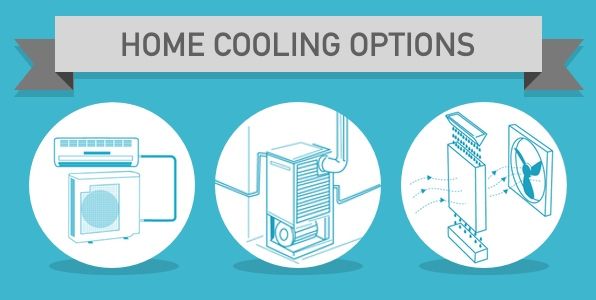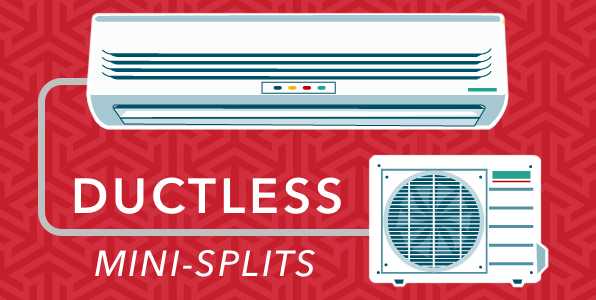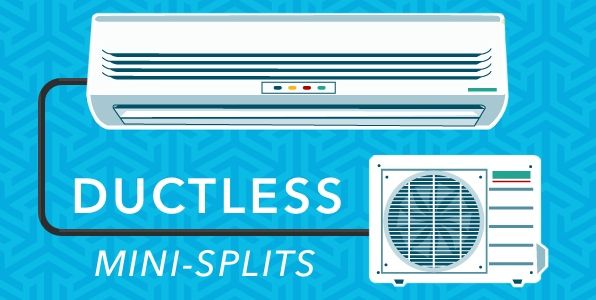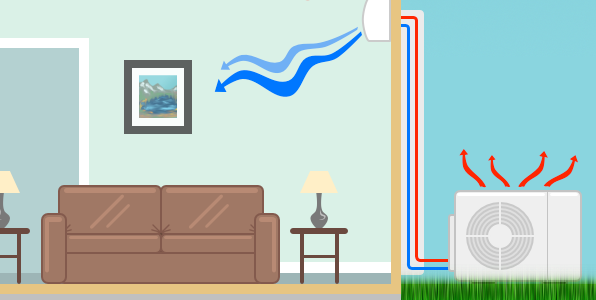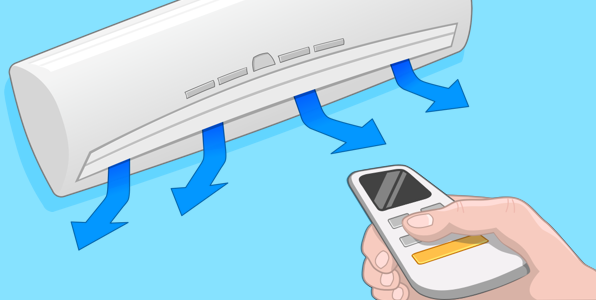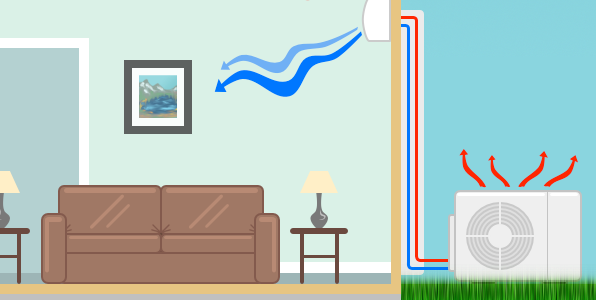Top 5 Ways to Prepare your Home for the Heat of Summer
Summer is right around the corner—and with it comes barbecues, long days at the beach, fruity drinks, sunburn, seasonal allergies, heat exhaustion, and sweaty, uncomfortable nights in a humid bedroom.
Instead of being cooked alive by the heat in your own pajamas, take action to keep your family comfortable all summer long. And before you run out and buy the first window unit you can find, consider that other long-term solutions will help you beat the heat more efficiently.
Read on to find out what steps you can take to ensure your home is prepared for the summer’s rising temperatures.
Air Conditioning
Without modern AC, you may be stuck with those desperate summertime solutions like putting a bowl of ice behind a fan, or taking extra-long gazes into the freezer (it really doesn’t take 5 minutes to find the frozen French fries!). But with central air conditioning or ductless air conditioning, you have a cool, comfortable home for seasons and seasons to come.
Window units are very heavy and very difficult to install. They require lots of storage space in the winter and fall, and they aren’t very efficient in the long run. But with central air, you’ll get efficient cooling that reaches every room in your home, not just one. Granted, these systems still require some maintenance, but it’s nothing that can’t easily be completed by a Bob Jenson Air Conditioning technician! (And it never requires throwing out your back trying to lift a massive window unit.)
Filter Replacements
The most effective of those maintenance chores is replacing the filters. When your central air sits idle for the fall and winter, bugs and dust can build up, reducing the flow of air and wearing out your AC’s components. Moreover, when filters are in use for too long, they also accrue grime and dirt and eventually cease to filter at all.
Replacing these filters keeps the air in your home clean and fresh; which is absolutely necessary if you or your family members suffer from allergies. Plus, filters help maintain a comfortable environment, which makes the cooler air feel natural.
Insulation
When most people think about installing insulation in their home, they assume it will keep their home warmer in the winter. Well, they are correct. But insulation also keeps your home cooler in the summer.
Without insulation, heat is free to move through the floors and walls of your home, including your roof. In the summer, this means that the heat outside will constantly move into your home, making it much more difficult to keep cool. It’s exactly like trying to pour water into a bucket riddled with holes.
Insulation prevents this free movement of heat. Without heat trying to invade your home, your AC unit can more easily maintain comfortable levels, which is cheaper and less burdensome on your electrical system’s circuit breakers.
Circuit Breakers
If you’re having an air conditioning unit upgraded or installed, you may need to have your breaker box upgraded to better handle the higher electrical load your home will experience. This bill can run as high as several hundred dollars, but it definitely beats after-the-fact repairs from a blown breaker box.
Our technicians will recognize when your home needs upgrades in vital areas. Trust our experts for the most honest assessments and estimates of what it will take to make your home cool again.
Practicing Reduction
Reduce energy consumption by cutting back on the amount of things you plug in on a daily basis. Don’t run all your appliances at one time, especially when there’s no reason to. Doing so can create heat, and it will increase your bills. Keep lights low and don’t put your AC on the most frigid setting; increase your system’s longevity by practicing moderation.
Even if your AC unit is working at acceptable levels, it’s worthwhile to get a professional inspection from our skillful technicians. We can spot problem areas before they occur, preventing that horrible experience of having your AC cut out on you during a major heat wave.
Bob Jenson Air Conditioning has been helping Southern California residents upgrade their air conditioning and sleep comfortably all summer long, since 1977. Give them a call today, after all, there’s nothing worse than never being able to find the cool side of the pillow.

